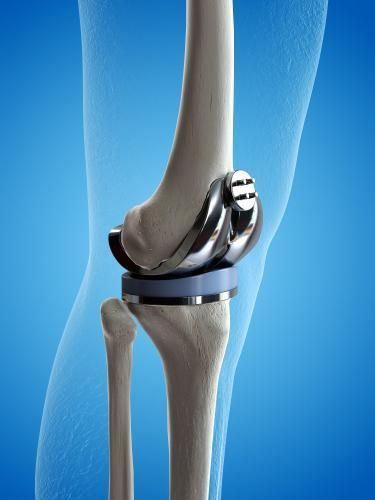Turn your walk into a workout!
With summer upon us, many people (myself included) will be spending a lot more time outdoors enjoying the hot sun and clear skies. There is already a noticeable increase in people going for a walk or run early in the mornings and in the evenings. Walking with purpose is a great way to improve or maintain your overall health. While improving or maintaining cardiovascular fitness, walking can reduce your risk of heart disease, diabetes, and mental health disorders. While many of us are guilty of spending too much time on our bums and on our backs, spending more time on our feet performing weight-bearing activities with moderate to high intensity helps to slow down bone loss and aging.
The key, however, is walking with purpose. Walking at a slow leisurely pace, although still beneficial, will not see you gain the most out of your time in the sun. Unless sickness or injury inhibits you should aim to walk at a brisk pace, faster than you would if you were walking around the house or going shopping – although I have seen some impressive power-walkers at the local Westfield. Walking with intensity gets your heart working harder and will lead to greater changes in your aerobic fitness and cardiovascular health.
If you’re already a pro at walking with purpose, you can take this one step further and introduce some bodyweight exercises along your walk. Depending on how far or how long you walk you can set yourself some stops or stations along the way. An easy way to do this is set a timer for your walk. Set a timer for 3-5 minutes depending on how long you intend to walk for. Every 3-5 minutes stop and perform high repetitions of an exercise/exercises before continuing. This will be sure to increase your heart rate and build strength and endurance in your muscles.
Example Walk Plan
Walk Duration: 20 Minutes
Every 4 minutes stop and perform:
- 12 Squats
- 12 Lunges
- 12 Star Jumps
Aim to perform each repetition with quality and complete exercises one after another with little to no rest. Your walk will then become your “active recovery” period. Suddenly you have yourself a cardio workout plan built around your morning/evening walk. The same program can be adjusted if you decided to go for a run. Throwing in some body weight exercises during your walk can help you maximise the short time you have to walk the dog or clear your head. So, the next time you go for a walk, why not turn it into a workout!
If you have been limited to walking because of sickness or injury, please make sure you seek clearance from your GP and relevant health professionals before attempting to increase your activity levels. If that happens to be the case, our team of qualified Exercise Physiologists at Absolute Balance are well equipped to prescribe effective, outcome-based exercise programmes to assist in your rehabilitation and ensure safe exercise progression. You can contact us at info@absolutebalance.com.au

Bastien Auna
Accredited Exercise Physiologist (AES, AEP) (ESSAM)
References
Lee, I. (2007). Dose-Response Relation Between Physical Activity and Fitness. JAMA , 297 (19), 2137. doi: 10.1001/jama.297.19.2137
Murtagh, E., Murphy, M., & Boone-Heinonen, J. (2010). Walking: the first steps in cardiovascular disease prevention. Current Opinion in Cardiology , 22 (5), 490-496. doi: 10.1097/hco.0b013e32833ce972
Murphy, M., Nevill, A., Neville, C., Biddle, S., & Hardmann, A. (2002). Accumulating brisk walking for fitness, cardiovascular risk, and psychological health. Medicine & Science in Sports & Exercise , 34 (9), 1468-1474. doi: 10.1097/00005768-200209000-00011




